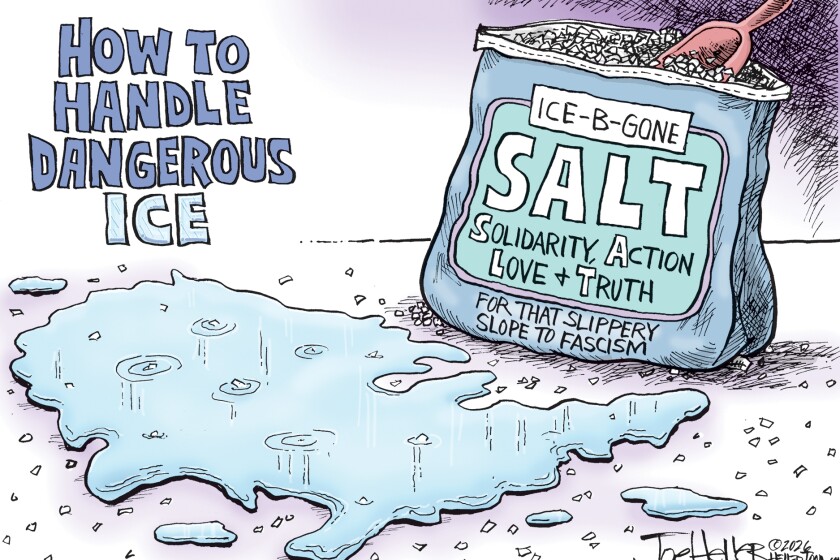Here ya go!
Just enough to get readers of this blog started - and a couple of clips closer to home about Superstition Vistas
August 30, 2021
"U.S. newspapers lost 48 percent of their journalists between 2008 and 2018, and the losses are now accelerated by the pandemic. More than 1,800 newspapers have closed since 2004. Arizona newspaper circulation dropped by 37% between 2004 and 2019. All this is because of the collapse of the old business model because of Craig's List and self-inflicted wounds.
Many newspapers are being sucked dry by hedge-fund owners. As a result, the most experienced journalists are being pushed out. What's left are cub reporters while institutional knowledge is lost. The alternative is television news/entertainment, which is typically a shooting, an auto collision, and Heather-with-the-weather. (An honorable exception is Brahm Resnik at 12 News, a newspaper-trained newsman).
Meanwhile, a gray area of news also exists. In Phoenix, this includes Cronkite News out of ASU, KJZZ, and AZ Big Media. Flagstaff and Tucson are served by Arizona Public Media. Each of these have plusses and minuses.
This situation has profound implications for a self-governing society. Only real journalism exposes corruption, shines a light on self-serving politicians, explains complicated issues, and knits together civil society. Let's look at how to read the news — I've been a reporter, editor, and columnist for nearly four decades.
Let's look at a recent story on azfamily.com, the website of KPHO and KTVK. It's headlined, "New ADOT North-South Corridor would create traffic relief for Southeast Valley." With two reporters, the story states in part:
Arizona Department of Transportation (ADOT) has selected a 55-mile North-South Corridor through Pinal County that would not only help relieve traffic from Phoenix to Tucson, but it would also connect areas of the Valley.
ADOT is looking to connect those who live in Queen Creek, San Tan, and the overall congestion along the I-10 to Tucson along the 55-mile stretch that would go from the US-60 and Ironwood to Eloy along the I-10.
"The purpose of the North-South Corridor study is to enhance the area’s transportation network to accommodate the current and future population and employment growth, improving access to future development and other centers of activity, improving regional mobility, providing an alternative to and reducing congestion on Interstate 10, improving north-to-south connectivity and integrating the regions transportation network," according to a press release from ADOT.
Garin Groff from ADOT says it's a big project that could take years but the effort is worth it.
"This is a big corridor. It's 55 miles, all the way from US 60 in Apache Junction down to Interstate 10 in Eloy. This is a corridor that ADOT has been studying for a number of years to improve north south connectivity as well as serve future growth in the area," says Groff. "We're looking at this corridor both for the current transportation needs and for the population growth and the growth of businesses that we expect in this area for the coming decades."
It continues on in this vein. Nowhere are some basic elements to a news story or Journalism 101 questions asked.
Who will benefit from this project besides, we're told, drivers? Experience with freeways in "the Valley" shows that speculators lock in parcels that would otherwise be worthless without the coming expressway. Also who will fund it? Is this another regressive sales-tax-funded freeway?
What are the downsides? The story contains no opposing voices, even though it appears this massive project would bring big environmental and climate-change emission consequences. Arizona is in a drought yet the story never mentions that and the huge costs of filling in this desert land with subdivisions and a freeway. Also, it never discusses induced demand, how building highways and wider highways actually makes traffic worse.
Where is this land coming from? It appears to be part of the controversial Superstition Vistas project but the reader is never told.
All of these flaws are common on news stories from most sites. . ."


No comments:
Post a Comment